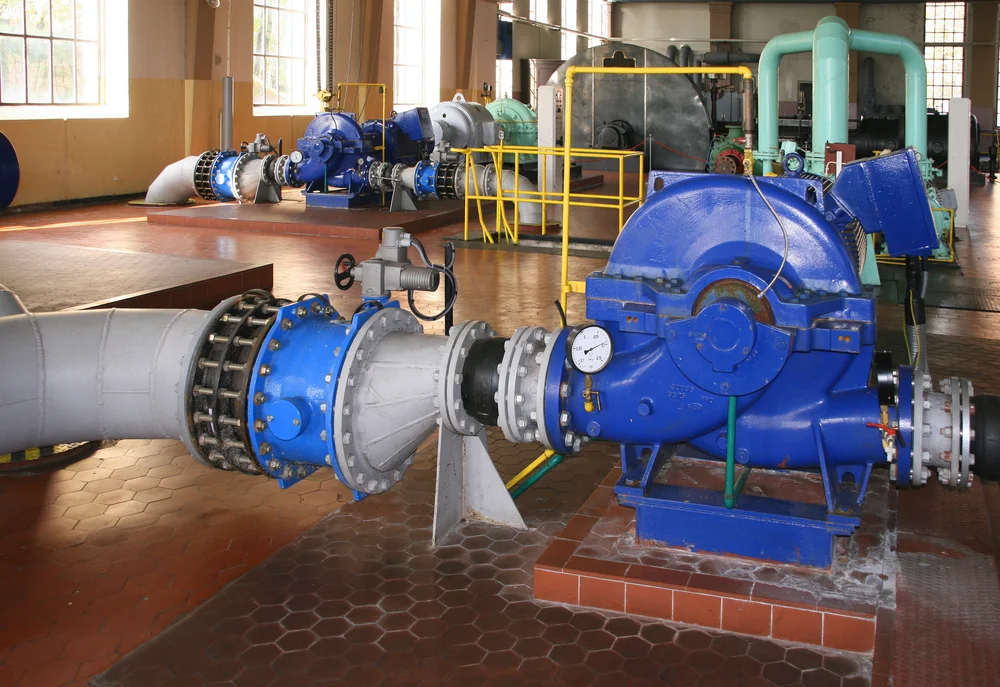Roadmap for mines to comply with water use licences
/As many mines grapple with the complexities of implementing and renewing their water use licences (WULs), global consulting engineers and scientists SRK Consulting have prepared a manageable system to simplify this process – complete with a training programme to put all those responsible on the same page.
According to SRK Africa principal scientist Jacky Burke, obtaining and implementing WULs are onerous tasks which many mining operations find overwhelming.
“Our approach is to get back to basics, and to help clients implement a sustainable process with clear designation of roles, backed up by the necessary data-collection and supporting technology,” said Burke.
“It needs to start with everyone understanding the purpose of the WUL and the regular deliverables demanded by the WUL. Then the WUL requirements must be incorporated into the day-to-day operations, so that both management and engineering functions can feed the necessary data into the process on a regular basis.”
Beyond compliance
She emphasised that the WUL was not just a compliance issue but needed to be embraced by mines as a valuable tool to help manage water resources and make their operations more cost-efficient.
“While the WUL focuses on protecting all water resources – by limiting the quantity of what is abstracted from surface and groundwater sources and ensuring the quality of what is returned to the resource – there is also increasing attention paid to preventing pollution from diffuse sources and conserving water through re-use,” she said.
This gives mines the opportunity to further enhance their water savings efforts and their water use efficiency plans.
“One of the main challenges with implementing the WUL is that the water-related data that mines collect often does not talk directly to what the WUL requires,” said Burke. “In some cases, the data itself is not being collected, so the person responsible needs to motivate to management for the budget for the necessary resources to collect good and reliable data. In either situation, our Licence Implementation Plan (LIP) helps mines to remain compliant as efficiently as possible.”
Making the data work
The Licence Implementation Plan (LIP), which includes Excel-based templates, addresses a range of tasks, systems and procedures for mines to adopt. Among the standard monitoring and reporting requirements, for instance, is the need to install and maintain an appropriate flow metering system, and to put in place monitoring programs and reports for all quantity and quality limits. The collected data must then be assessed against WUL limits, and corrective action may need to be taken where the limits are exceeded.
“SRK’s LIP provides a framework for mines to do this, and to integrate the data with their mining site Master Plan, as well as their Integrated Water and Waste Management Plan, and their Rehabilitation Strategy and Implementation Programme, all of which are required by the WUL,” she said.
Maintaining water balance is an important element of what the WUL requires mines to do; conditions in the WUL call for water-use efficiency through water conservation and demand management (WCDM) – so a WCDM Plan should be in place with clear efficiency targets. Also, mines and other users who share water from one catchment area can be expected to co-operate in developing a regional mass balance.
Minimise impacts
“Protecting the water resource is another vital part of the WUL, and this covers all phases of the mining life-cycle from design and construction to operation and closure,” said Burke. “Here, the focus is on minimising the changes made on site from pre-mining conditions through preventative and proactive action as a more efficient use of limited resources than trying to repair environmental impacts that have already occurred. Mines thus need to develop and implement plans and strategies to manage effluent and stormwater, to control erosion, and to rehabilitate the disturbed landscape and plant-life with indigenous species.”
Mines must therefore conduct routine inspections and aquatic assessments, applying corrective actions where necessary; various planning tools can help build these requirements into the mine’s operation, such as a stormwater management plan and a watercourse rehabilitation plan including landscaping, a plant species plan and an alien vegetation control programme.
“SRK is frequently involved in auditing the implementation of WULs for mining clients, so we see the recurring difficulties and have addressed these in our training and our tools,” she said. “By building the capacity of their staff and systems, mines can comply more readily with their WULs while at the same time improving the smooth and cost-effective running of their operations.”
For more information visit www.srk.co.za.





